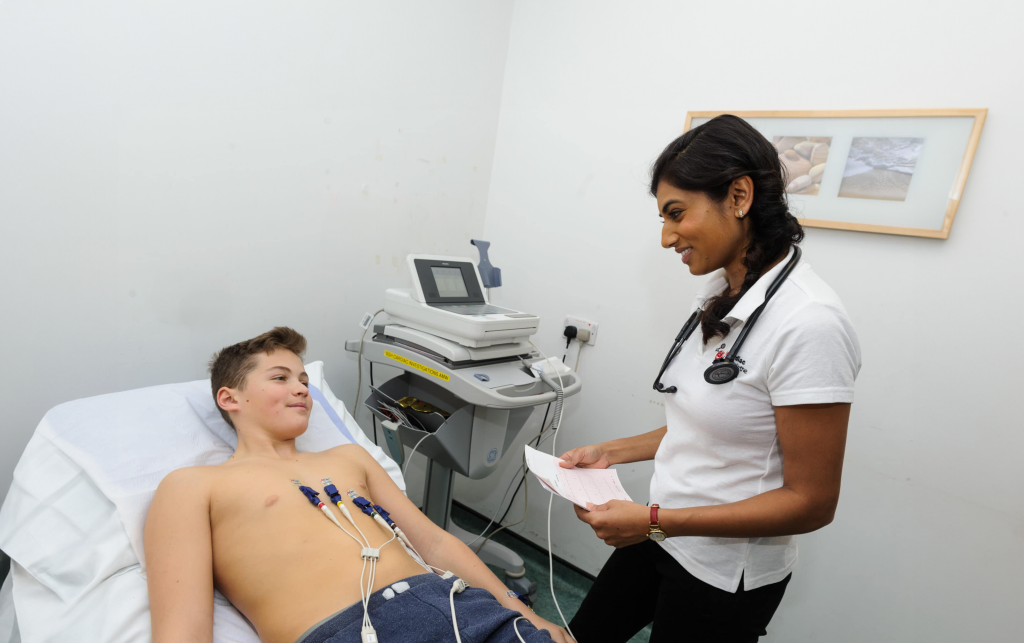What is Sudden Death Syndrome? Understanding the Risks in Young People
Sudden Death Syndrome (SDS) is a broad term used to describe the various causes of sudden cardiac arrest in young individuals. This often-misunderstood syndrome can strike seemingly healthy young people, making it a silent and unexpected threat. Cardiac Risk in the Young (CRY) is dedicated to providing comprehensive medical information about the most common causes of sudden cardiac death in people aged 35 and under. These causes can include abnormalities in the structure or thickness of the heart muscle, as well as irregularities in the heart’s electrical impulses that disrupt its natural rhythm.
Sudden Death Syndrome: What You Need to Know
Sudden Death Syndrome events are defined as non-traumatic, non-violent, and unexpected incidents resulting from cardiac arrest, sometimes occurring within just six hours of the individual being in seemingly perfect health. This can make it incredibly challenging to accept that a young person, particularly one who appears fit and active, could be at risk. Unfortunately, there have been numerous cases of misdiagnosis, resulting in tragic outcomes that could have potentially been prevented with proper screening.
The Hidden Risk in Active Young People
Athletic young individuals, especially those who engage in high-intensity sports, place increased stress on their hearts. If a person has an undiagnosed cardiac condition, the physical demands of sport can act as a trigger, leading to a sudden cardiac arrest. It’s crucial to understand that while physical activity itself doesn’t cause sudden cardiac death, it can reveal underlying heart problems that have gone unnoticed.
Misdiagnosis of Unexplained Sudden Deaths in the UK
In the UK, many unexplained cases of sudden death in young people are often labelled as due to “natural causes” without a deeper investigation. Experts believe that a significant portion of these deaths may be attributed to Sudden Death Syndrome. However, the true scope of the problem remains unclear due to current laws that do not require coroners to refer hearts to specialists for further examination. Until this changes, we may never fully grasp the scale of SDS-related fatalities.
Early Diagnosis is Key: ECG Screening Can Save Lives
The good news is that most of the cardiac abnormalities that can lead to sudden death are detectable. A simple ECG (electrocardiogram) test can diagnose these conditions early. The ECG test is quick, painless, and often affordable. For added accuracy, an echocardiogram (ultrasound scan of the heart) may also be conducted if needed.
At CRY, we highly recommend ECG screenings, especially if there have been any unexplained young sudden deaths in your family or if a young person is experiencing symptoms such as:
- Chest pain (particularly during exercise)
- Shortness of breath
- Palpitations (irregular heartbeats)
- Dizziness or fainting spells
Get Screened: Protect Yourself and Your Loved Ones

CRY firmly believes that every young person aged 14-35 should have the opportunity to get their heart tested. The screening process can often be done at no cost, thanks to the generous support of families and communities who fund these tests in memory of loved ones lost to sudden cardiac death.
To learn more about our national screening program and to book a heart test, visit www.testmyheart.org.uk. Early detection through ECG screening can be life-saving, offering peace of mind for you and your loved ones.
Why Awareness of Sudden Death Syndrome Matters
Raising awareness about Sudden Death Syndrome is crucial to preventing future tragedies. By increasing public knowledge and encouraging regular screenings, we can catch these hidden cardiac conditions early and save lives.
If you or someone you know falls into the at-risk age group of 14-35, don’t wait—schedule a heart screening today. It could make all the difference.





